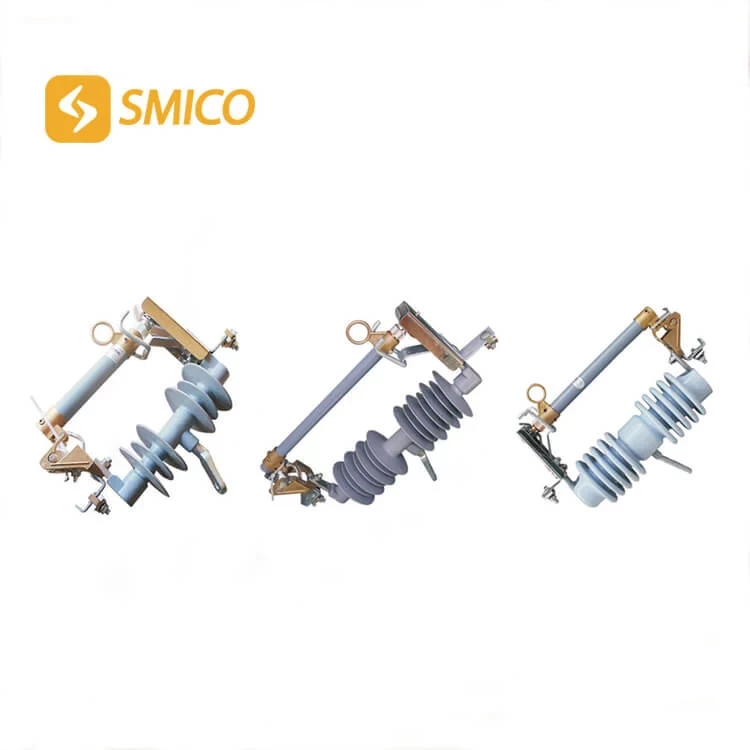The Drop-out Fuse Manufacturer Tells You The Inter-stage Coordination Of The Fuse
drop out fuse Manufacturer tells you the inter-level coordination of 11 kv drop out fuse
11kv drop out fuse Manufacturer tells you the inter-level coordination of 11kv drop out fuse manufacturer! In order to prevent over-level fusing and expand the scope of the accident, the upper and lower levels (i.e., power supply trunk and branch lines) should have good coordination. When selecting, the rated current of the fuse of the upper level (power supply trunk) 33kv drop out fuse should be 1 to 2 levels higher than that of the lower level (power supply branch line). Commonly used 33kv fuse include tubular fuse R1 series, spiral fuse RL1 series, stuffing-enclosed fuse RT0 series and fast fuse RSO, RS3 series, etc.
(1) Lighting circuit The rated current of the fuse ≥ the sum of the working currents of all lighting appliances on the protected circuit.
(2) Motor:
① Single direct-start motor The rated current of the fuse = (1.5~2.5) × rated current of the motor.
② Multiple direct-start motors Total protective fuse rated current = (1.5~2.5) × sum of currents of each motor.
③ Step-down starting motor Fuse rated current = (1.5~2) × motor rated current.
④ Wound-rotor motor Fuse rated current = (1.2~1.5) × motor rated current.
(3) Low-voltage side of distribution transformer Fuse rated current = (1.0~1.5) × rated current of transformer low-voltage side.
(4) Shunt capacitor bank Fuse rated current = (1.43~1.55) × capacitor bank rated current.
(5) Electric welding machine Fuse rated current = (1.5~2.5) × load current.
(6) Electronic rectifier element Fuse rated current ≥ 1.57 × rectifier element rated current. Note: The numerical range of fuse rated current is to adapt to the standard component rating of the fuse. As for the control circuit, I think fuses are generally not needed.

